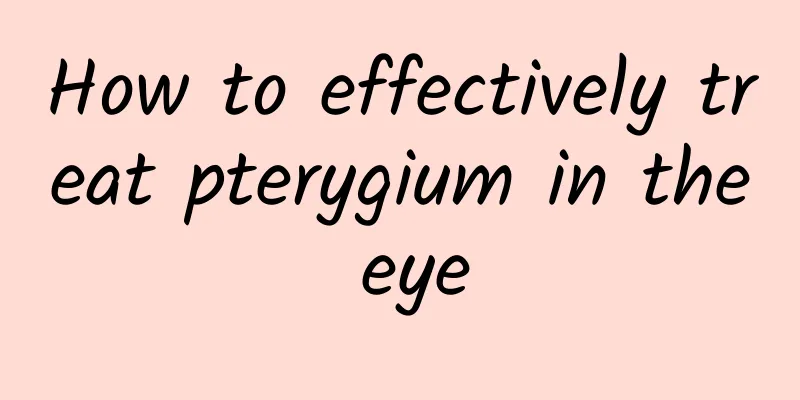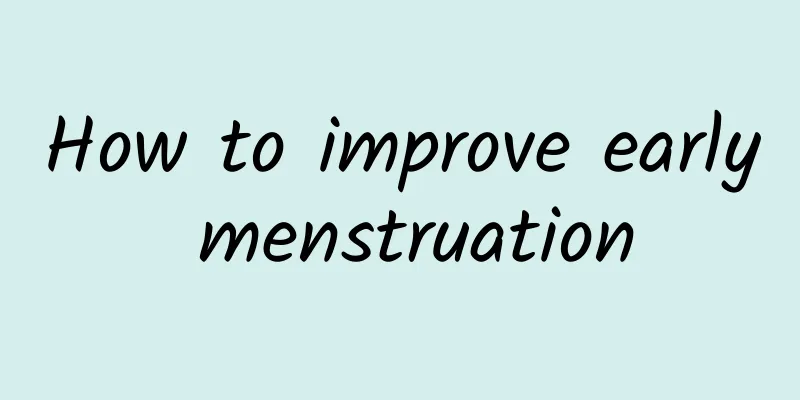How to effectively treat pterygium in the eye

|
The treatment of pterygium in the eye includes drug therapy and some traditional Chinese medicine treatment and conditioning methods. Common drug treatments are antibiotics or glucocorticoid eye drops, and spicy and irritating foods should be avoided in the diet. 1. Drug treatment: For patients with static type, if the pterygium has not invaded the black pupil and does not affect vision, no treatment is necessary. For those with trachoma or chronic conjunctivitis, antibiotic or glucocorticoid eye drops can be used, such as 0.25% chloramphenicol or 0.5% cortisone eye drops, 3 to 4 times a day. In terms of traditional Chinese medicine, you can use Xiaonioling eye drops to apply to the eyes 4 times a day. 2. For those with progressive pterygium or pterygium growing into the black pupil and affecting vision , they should go to the hospital for pterygium removal, but it is easy to relapse. If conditions permit, 90 strontium irradiation or beta irradiation can be performed after surgery to prevent recurrence. Of course, this operation must be performed under a microscope to achieve the ideal effect. Traditional Chinese medicine believes that during the treatment period, one should avoid eating spicy foods such as chili peppers and onions, and should avoid smoking and drinking. 3. Prevention of pterygium The main way to prevent pterygium is to avoid smoke, sand, and sunlight as much as possible, pay attention to eye hygiene, and seek timely treatment for trachoma or other types of conjunctivitis. At the same time, you should pay attention to adequate sleep, regular life, avoid dry stools, and other adjustments to your overall condition. For primary pterygium in the early stages that has not yet invaded the cornea, argon laser or local injection of bleomycin can be used for treatment. Once a pterygium grows into the corneal tissue and bulges out, it should be surgically removed. After pterygium surgery using traditional methods, the recurrence rate is high, about 30%-40%. The stimulation of surgery causes the chemotaxis and aggregation of polymorphonuclear leukocytes (which can release angiogenic growth factors), which is the reason for the generation of new blood vessels and recurrence after surgery. |
<<: What are the dangers of contact lenses
>>: Don’t ignore the symptoms of sensorineural hearing loss!
Recommend
Breaststroke benefits
Many exercises can make our bodies more symmetric...
What causes hot and cold toothaches?
Toothaches caused by cold or hot toothaches may b...
What to do if your baby has loose earwax
Most people's earwax is dry, but some people&...
Where to get liver detox massage
Our bodies need to detoxify every day. Only when ...
What is the difference between rhinitis and sinusitis?
Rhinitis and sinusitis are often confused by many...
Which department should I go to for tinnitus? What methods does traditional Chinese medicine use to treat tinnitus?
When tinnitus occurs in people, the patient's...
The difference between Astragalus membranaceus and Astragalus root
Many people think that Scutellaria baicalensis an...
What are the benefits of soaking your feet in vinegar? These three points are the most beneficial to health
In life, when people soak their feet at night, th...
How to change the intestinal flora to lose weight
Most of the human immune system exists in the dig...
What does gynecological cleanliness level 2 mean?
Abnormal leucorrhea is a common condition among w...
How to treat dry eczema in children
The scientific name of dry eczema is seborrheic e...
How to regulate poor spleen and stomach digestion, there are good recipes for dietary regulation
The spleen and stomach have a great influence on ...
Principles of fluid replacement for fasting patients
Humans are meant to eat whole grains. If they fas...
Can cervical spondylosis cause cerebral infarction?
Cerebral infarction is actually very common in so...
What are the effects of Banfenghe medicinal wine?
What is the effect of Banfenghe Medicinal Wine? T...









